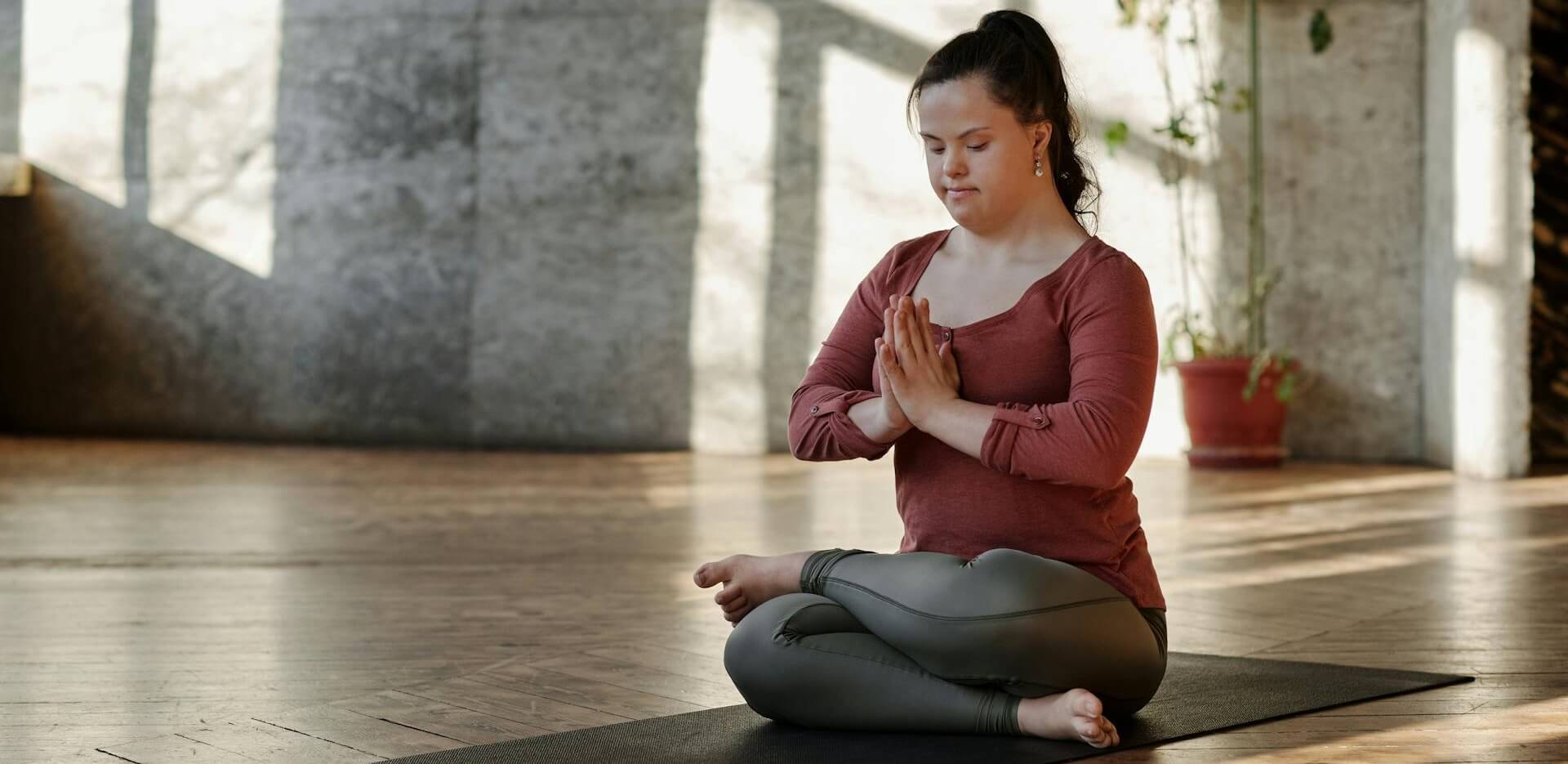
Practical tips and insights for teaching yoga to teenagers
I always remember when my younger brother ran away from yoga class. Maybe some context is needed. While my mother was in her online teacher certification, it was only natural that she would attempt to practice teaching at home with us kids and occasionally a few others. During one of those first yin classes we turned around to the scuffling sounds of my brother picking up his mat and running back to his room with a cackle of glee, his sudden change of heart went unexplained.
While my younger brother decided yoga was not for him, these classes are truly what started my connection to yoga. Maybe it was the yoga, maybe it was the fact that I could hang out with my Mom, or perhaps it was just the enforced quietest space in our bustling home, but they stuck with me through to my own teacher training.
Yoga can be memorable and inspiring for teenagers to experience, or it can just be something to do because their parents or teachers want them to. Whatever the circumstances, it is an opportunity to explore teaching yoga with a different perspective. Through my years of teaching teenagers, I picked up a few thoughts and observations. Here are some of them to help define your teaching style so you can reach this age group with joy and effectiveness!
Keep it real and don’t be a Hero
Yoga has so many applicable tools for dealing with the toils of adolescence, but the practice remains personal and has a different dynamic than, for example, a life skills class in school. Feel free to talk about the benefits of the practice, but don’t overdo it. If you want to share the benefits of yoga in more detail, talking about your own personal journey and experience can be the most honest and accessible for young people.
Clarify expectations
To set up the space, give a brief overview of what the practice will include. This gives an idea of what to expect and a sense of control and ease throughout the practice. Opening with practical informatios empowers yogis to feel part of the space and take ownership of their own practice. Feel free to also set the tone for how to communicate during class e.g. if they can ask questions during practice, why and how you will do adjustments, what to do if you want to just take a breather.
Highlight the basics
Teens are figuring out what movement practices fit them, if any, while also adapting to rapidly changing bodies. Providing basic yoga knowledge gives an idea of what continuing their practice can include. Share information with generosity and little ego. Saying what kind of yoga you do, what that means, or highlighting frequent asanas gives enough information to hint at the depth of the practice.
Use inclusive language
Especially with rapidly changing bodies, teenagers are discovering and relating to their bodies and their potential. As with any age group, encourage yogis to listen and appreciate their individual practice by using inclusive language. A simple starting point is to take away any embellished language and let the actions speak for themselves. In addition, offer a few options here and there to keep all yogis included throughout.
Avoid singling anyone out directly or indirectly
Whether it’s a teen in a regular or a teen-focused class, drawing too much attention to one yogi runs the risk of making it an uncomfortable space for them. Be aware singling someone out can happen even indirectly by giving consistently more adjustments or treating them differently if they are in a regular class.
Suggestions for Sequencing
Start with familiar movement
Most teenagers will have some experience with movement before for sports or in school. Starting with simple movement gives an immediate task that eases into practice without being too intimidating. Side bending, bird-dogs, circling joints, and deep stretches in legs and arms are easy and familiar. Let the internal focus like pranayamas and meditations come once the space is comfortable and a sense of trust is found.
Build on foundations and rhythms
Establishing a loose rhythm in your cues and sequences ensures secure predictability and a hint of surprise. Yogis learn to trust and appreciate their bodies and memories while still feeling challenged by what is to come. Half sun salutations build to sun salutation A, then B, and find a rhythm adding one more post with every repetition. Stretches can repeat at different points to observe the changes over time.
Sprinkle in a few challenges
Without overcrowding your sequence, don’t be afraid to Include two or three difficult or more complex asanas (my go-tos are half moon balance, supported camel pose, or revolved triangle). Give them plenty of variation, explanation, and encouragement for yogis to feel challenged with kindness and support.
Keep it simple
My tendency when teaching is to get too excited and plan many rolling sequences. What is most successful for me when teaching teenagers, is planning two thirds the amount of sequencing (at most) of what I normally do. With that extra time I extend the opening and closing moments, add a few more introductory cues for new asanas, and offer more variations.
So are you ready to teach teens? If you need more insight, it’s always worthwhile to return to the great basics to build familiarity and instinct. Remember to approach with grace and confidence in your teaching. In the class when my brother ran away, the memory finishes with the casual laugh and playful jibe my Mom called out to his retreating back. She didn’t take it personally but instead turned back to me with just as much enthusiasm as before, even if a little disrupted. We took the last opening breaths together and began our practice.


